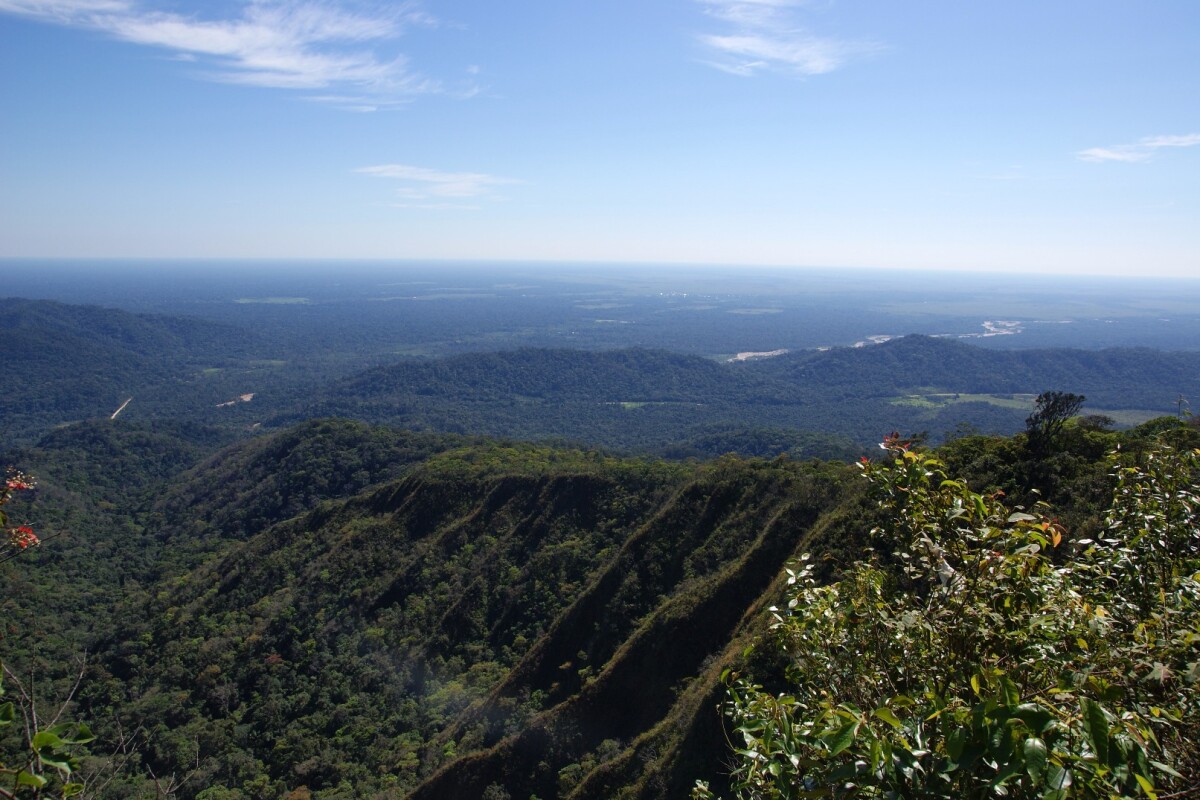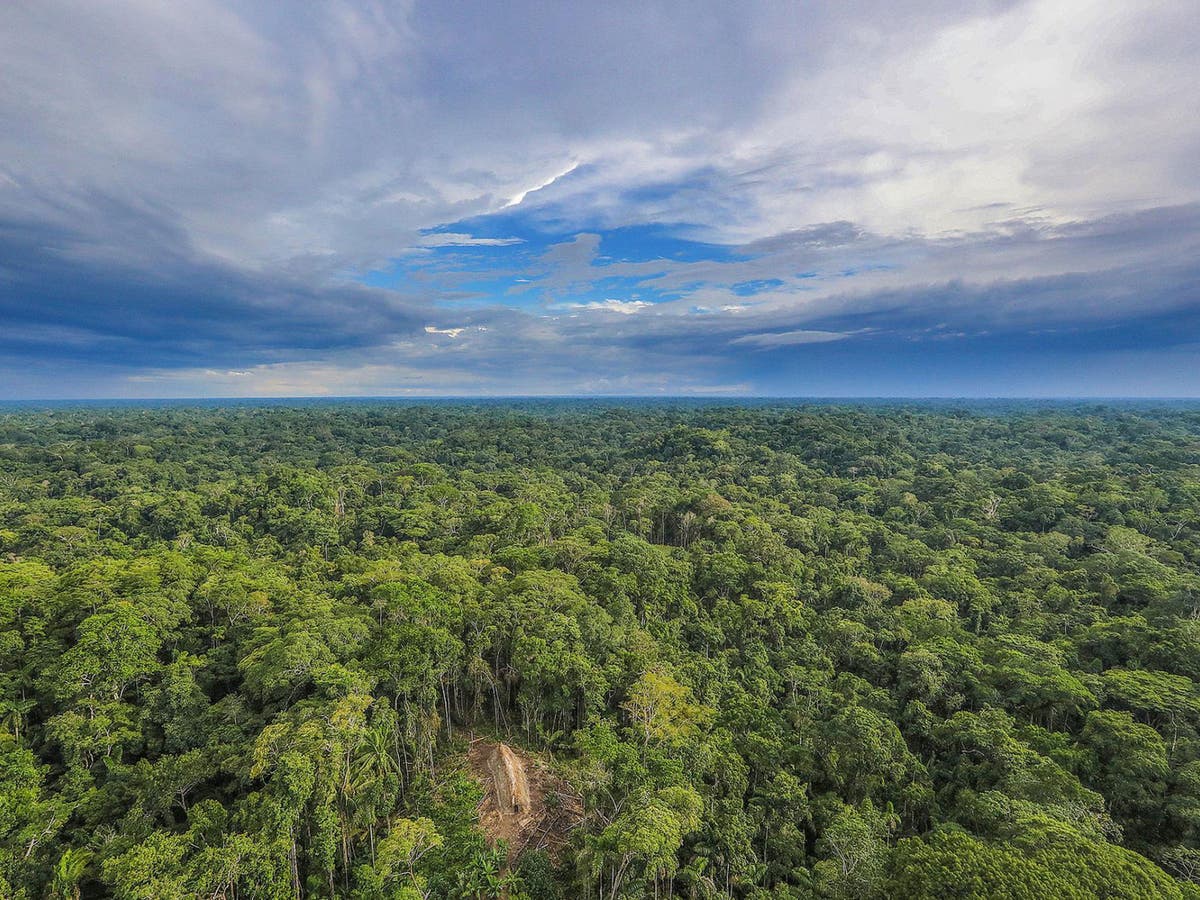Researchers working in the Bolivian Amazon have discovered that its communities experience extraordinarily low rates of dementia.
The Tsimane (pronounced chee-MAH-nay) are a unique population of around 17,000 people living in remote areas of Bolivia who have been researched a lot previously as well.
In 2017, astonishingly low levels of vascular aging in Tsimane adults were found. A striking 85 percent of Tsimane adults showed no risk of heart disease and a study in The Lancet estimated an average 80-year-old Tsimane adult displayed the same vascular age as an American 25 years their junior.

This new research focused on dementia. The study recruited 435 Tsimane adults, all over the age of 60. Using a local team of carefully trained physicians and translators, the Tsimane participants completed several neurological assessments, including CT brain scans and cognitive tests.
Only one percent of the people were detected with the disease. On the other hand, an equivalent population of Americans has this rate at 11 percent.
The researchers also examined 169 subjects from the Moseten, a genetically and linguistically similar community to the Tsimane. Similar results were achieved.
“Something about the pre-industrial subsistence lifestyle appears to protect older Tsimane and Moseten from dementia,” said the lead author on the study Margaret Gatz.
However, the study found both the Tsimane and the Moseten showed rates of mild cognitive impairment (MCI) like that seen in high-income Western countries (eight percent and 10 percent, respectively).
“… we were struck by an unusual phenotype in dementia and MCI cases, associated with prominent medial arterial calcifications affecting the intracranial internal carotid, vertebral, and lenticulostriate arteries,” the researchers wrote in the study. “It is notable that greater severity of vascular intracranial calcification was associated with smaller brain volumes and greater risk of cognitive impairment.”

These problems are associated with Parkinson’s disease.
The strangest part of the CT brain study was the finding that despite the reduction in brain atrophy, the Tsimane brains still displayed unusually high levels of neuroinflammation.
“By working with populations like the Tsimane and the Moseten, we can get a better understanding of global human variation and what human health was like in different environments before industrialization,” said Trumble. “What we do know is the sedentary, urban, industrial life is quite novel when compared with how our ancestors lived for more than 99 percent of humanity’s existence.”
The new study was published in the journal Alzheimer’s & Dementia.


